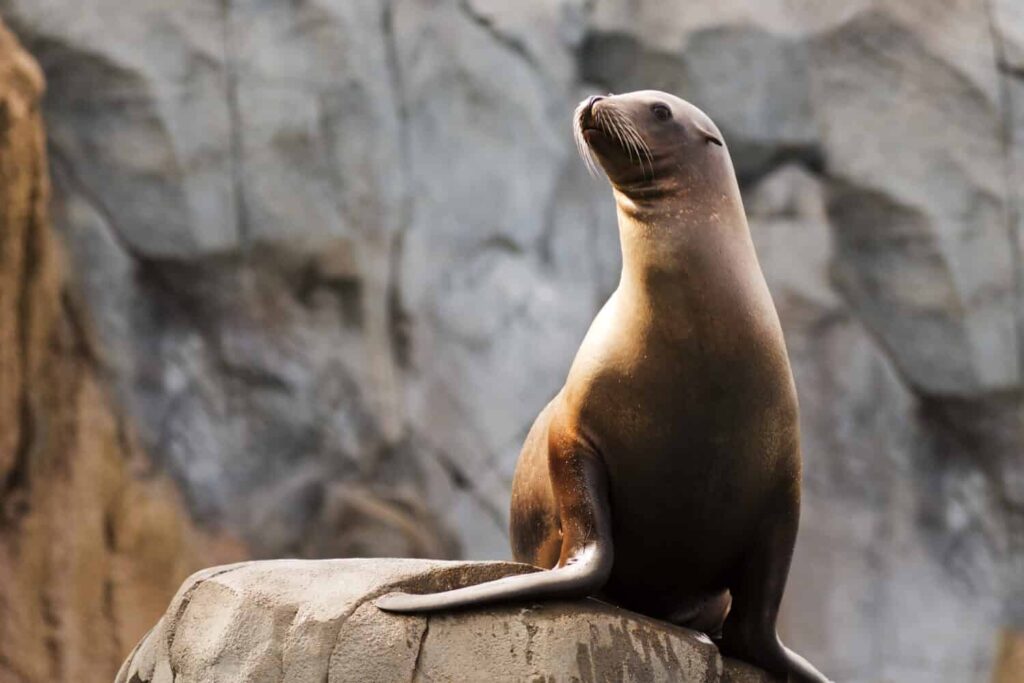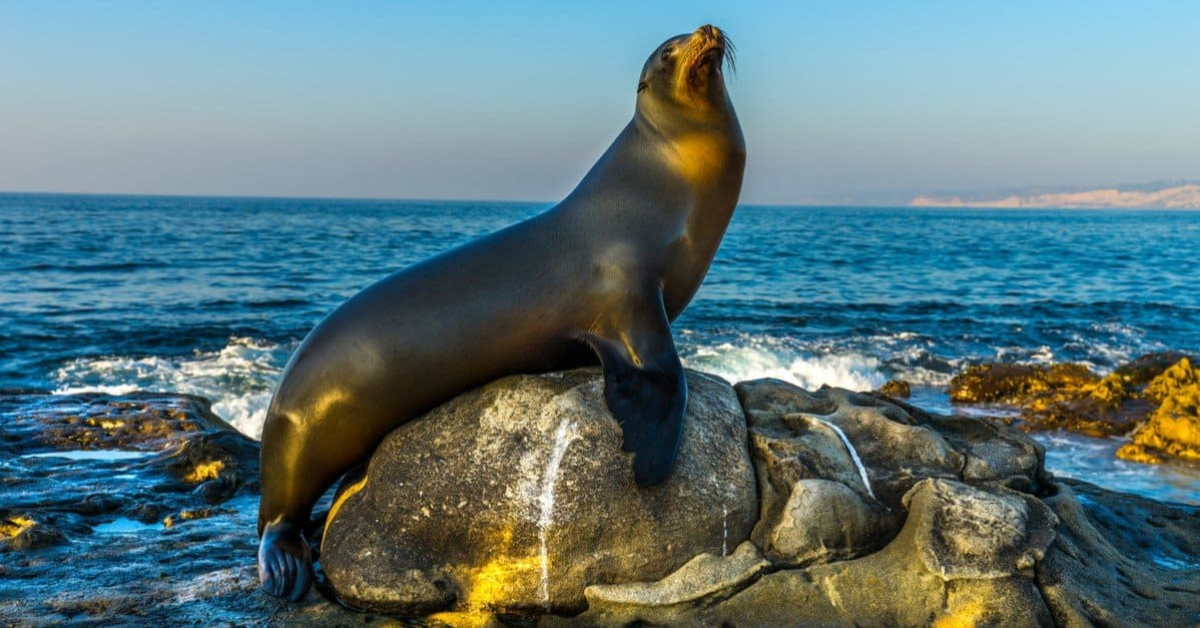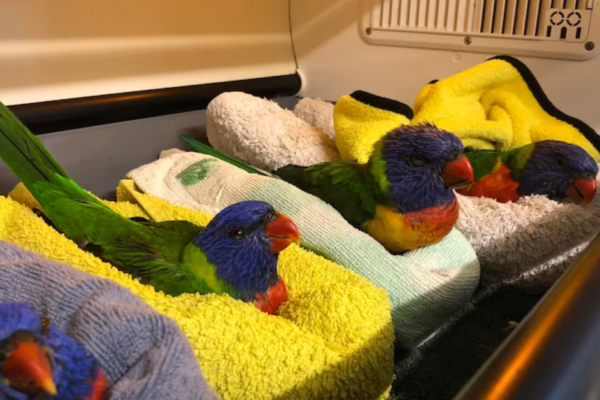Meet Ronan the sea lion, a rhythm virtuoso whose head-bobbing genius has rocked the scientific community and challenged everything we believed to be true about animal cognition. Ronan was once a weak orphan abandoned on the rocky coasts of California.

Before biologists realised Ronan couldn’t survive on her own, she had to go through several rescue and release attempts after being born in the wild in 2008. She was accepted into the Long Marine Laboratory at UC Santa Cruz in 2010, when she began a voyage that would go against accepted notions of musicality and vocal learning, patiently supervised by Colleen Reichmuth’s Pinniped Lab.
Ronan originally gained notoriety in 2013 when researchers noticed that she was able to easily modify her tempo when the music changed, bobbing her head in rhythm to everything from disco oldies to electronic sounds. The prevailing “vocal mimicry” theory at the time was that only humans and some songbirds, such as the well-known cockatoo Snowball, could actually synchronise to a beat. Debate was sparked by Ronan’s remarkable accuracy: was she just responding, or was she actually “keeping the beat”?
Ronan’s Legacy
In 2025, Ronan’s legacy is more enduring than before. Lead authors Peter Cook and Carson Hood compared Ronan to ten undergraduate students from UC Santa Cruz in a thorough new study that was published in Scientific Reports. As Ronan bobbed her head, they instructed pupils to wave one arm in sync using a percussion metronome set to three different tempos: 112, 120, and 128 beats per minute. Importantly, the test assessed flexible, untrained synchronisation rather than rote memorisation because two of those tempos were completely unfamiliar to her.
The result? Ronan averaged within a tiny ±15 milliseconds of the beat, or around a tenth of a normal human eye-blink, matching or surpassing every human participant. abcnews has posted a video about this matter. Ronan surged into the 99th percentile for consistency when Cook’s team modelled her performance against a fictitious pool of 10,000 humans, solidifying her reputation as a drummer by birth.
Ronan’s independence is perhaps most impressive; she chooses each session. When she is ready, she signals her willingness to ascend onto her platform, but she is free to leave at any time without facing any repercussions. She merely receives fish snacks as a joyful bonus for her willing performance.
In addition to disproving the notion that vocal learning is necessary for rhythm perception, Ronan’s narrative demonstrates how experience, patience, and respect can reveal latent cognitive abilities. Ronan continues to be the gold standard for researchers as they get ready to test other sea lions and serves as a living hymn to the surprising depths of animal intellect. After all, if a sea lion can perform “Boogie Wonderland” flawlessly, perhaps rhythm is a universal animal trait.






